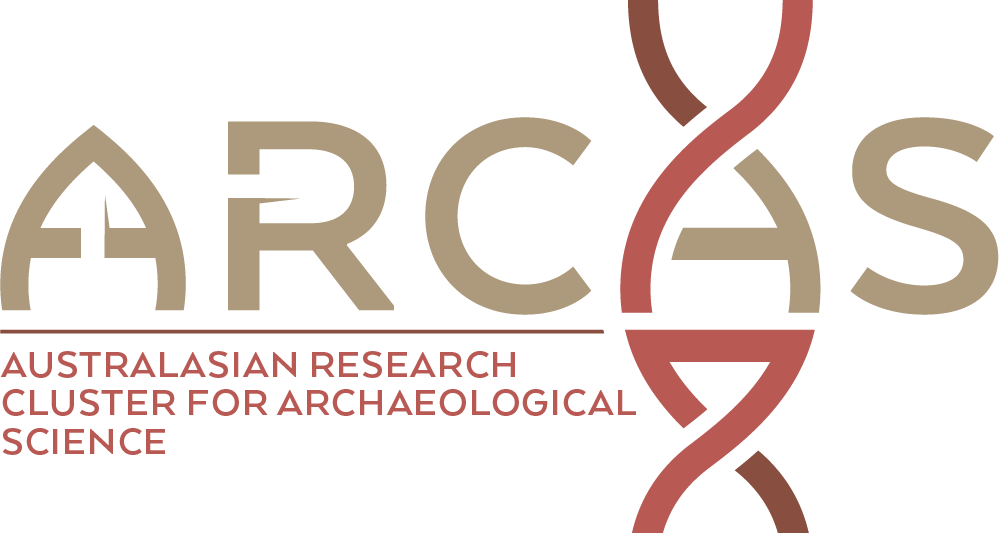Repealing the Çatalhöyük extractive metallurgy: The green, the fire and the ‘slag’
Publication date: Available online 15 August 2017Source:Journal of Archaeological Science Author(s): Miljana Radivojević, Thilo Rehren, Shahina Farid, Ernst Pernicka, Duygu CamurcuoğluThe scholarly quest for the origins of metallurgy has focused on a broad region from the Balkans to Central Asia, with different scholars advocating a single origin and multiple origins, respectively. One particular find has been controversially discussed as the potentially earliest known example of copper smelting in western Eurasia, a copper ‘slag’ piece from the Late Neolithic to Chalcolithic site of Catal-hoyuk in central Turkey. Here we present a new assessment of metal making at Çatalhöyük based on the re-analysis of minerals, mineral artefacts and high-temperature materials excavated in the 1960s by J. Mellaart and first analysed by Neuninger, Pittioni and Siegl in 1964. This paper focuses on copper-based minerals, the alleged piece of metallurgical slag, and copper metal beads, and their contextual relationship to each other. It is based on new microstructural, compositional and isotopic analyses, and a careful re-examination of the fieldwork documentation and analytical data related to the c. 8500 years old high-temperature debris at Çatalhöyük. We re-interpret the sample identified earlier as metallurgical slag as incidentally fired green pigment, which was originally deposited in a burial and later affected by a destructive fire that also charred the bones of the interred body. We also re-confirm the contemporary metal beads as made from native metal. Our results provide a new and conclusive explanation of the previously contentious find, and reposition Çatalhöyük in a new narrative of the multiple origins of metallurgy in the Old World.
